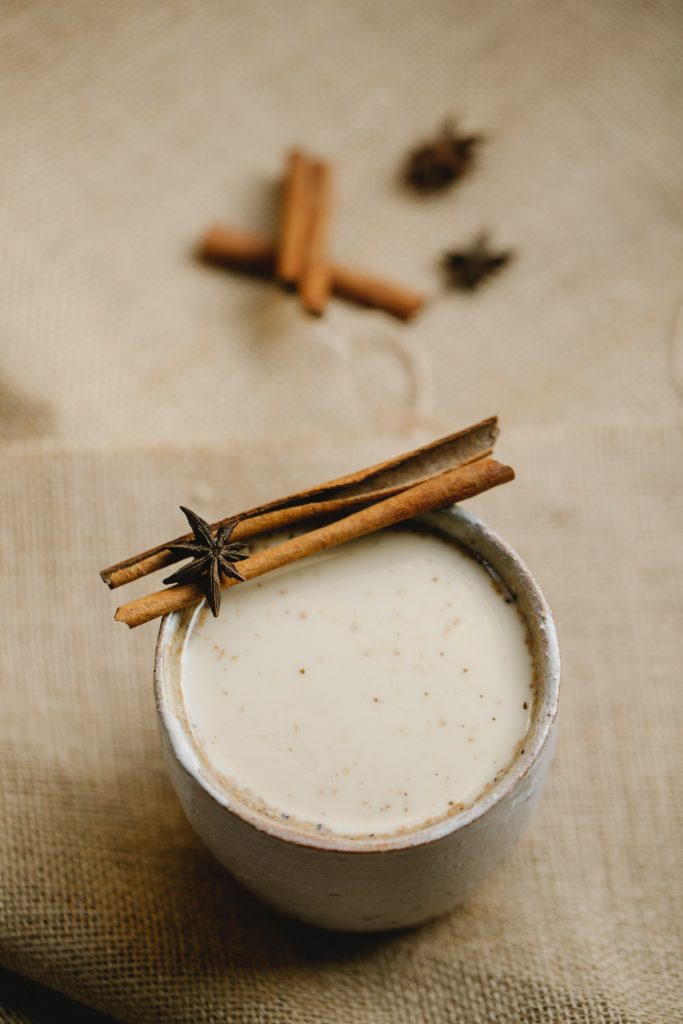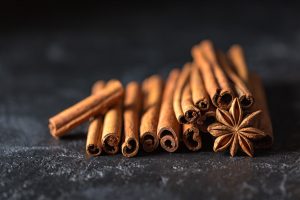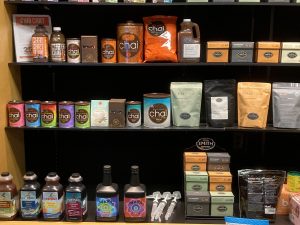 The tea drink known as masala chai continues to rise in popularity across the United States, owing to a number of factors. Trends such as consumer demand for energizing alternatives to coffee, increased awareness of health & wellness, and the idea of “culinary tourism” which gained traction during the pandemic, have contributed to the rise.
The tea drink known as masala chai continues to rise in popularity across the United States, owing to a number of factors. Trends such as consumer demand for energizing alternatives to coffee, increased awareness of health & wellness, and the idea of “culinary tourism” which gained traction during the pandemic, have contributed to the rise.
Masala chai, typically shortened to “chai” in the US, is a fragrant spicy tea beverage, traditionally made by brewing black tea infused with a mixture of aromatic herbs in milk and water.
The drink originated in India an estimated 5,000 years ago, and a variety of spices have been used in various combinations throughout the centuries. Cinnamon, star anise, fennel seeds, peppercorns, nutmeg, cloves, cardamom, ginger, honey, and vanilla are elements common to an authentic chai experience.
In the US, chai first gained popularity in 1994, appearing on café and coffee house menus. With overall steady growth through the past three decades, chai consumption spikes between October and January each year – with customers opting for hot chai beverages during the fall and early winter months.
Chai has also become a favorite offering among café industry distributors and operators. With innovations in shelf-stable packaging, as well as easy-to-store concentrates and powders that yield an authentic cup, chai looks to be a regular menu feature for the foreseeable future.
With the hot chai latte being one of the most popular preparations, the comfort of a warm mug of spiced tea has appeal for fall and winter seasonal menus. Many of the traditional spices used in chai are familiar to American consumers through classic winter holiday recipes and seasonal pies, cookies, and other comforting treats: cinnamon, nutmeg, cloves, ginger, honey, vanilla, etc.

Creative baristas may also customize chai lattes with a variety of flavored syrups, sauces, and garnishes for a premium experience.
Another advantage chai offers is its versatility. In addition to a traditional warm preparation, or creative custom chai latte, chai is a popular choice to be served over ice, as well.
In addition to its seasonal tie and versatility, chai may also serve as an alternative to coffee for consumers looking to regulate caffeine consumption. Black tea contains less caffeine per serving compared to a cup of joe.
Statistics show that chai beverages have a high growth rate among vegan consumers, as well, with the healthful perception and plant-based ingredients of black tea, spices, and a dairy alternative, such as oat or almond milk.
Chai may also offer something just outside the ordinary for many. The idea of “culinary tourism” has gained popularity the past few years. With a global pandemic disrupting the travel industry, individuals shifted focus toward seeking micro-adventures within the home or through to-go orders from a neighborhood cafe, even though physical travel was limited. Chai proved to be a way to experience a mini “vacation in a mug” to another culture in an easily accessible manner.
It is certain that chai has broad appeal and versatility. And while consumption peaks during fall and winter, the iced beverage trend ensures that chai will remain a favorite among customers, operators, and distributors in all seasons, for a long time.
Perhaps it will be a menu mainstay for another 5,000 years.
Houston’s carries chai offerings ranging from powders, concentrates, and sachets to steep from trusted vendors like David Rio, Maya Tea, Smith Teamaker, Numi, Kerry Foodservice, Mocafe, Cappuccine, Two Leaves and a Bud, and others.


